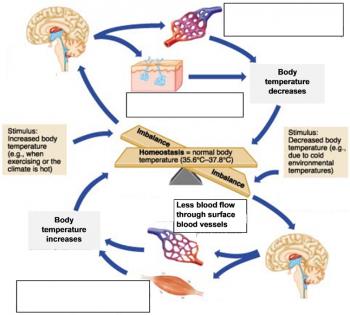Serendip is an independent site partnering with faculty at multiple colleges and universities around the world. Happy exploring!
Remote Ready Biology Learning Activities
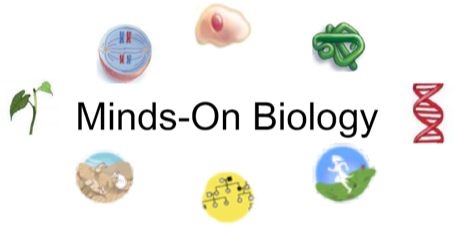
These minds-on activities, initially designed for use in the classroom, have been adapted for use in online teaching or distance learning. Advice for Using Google Docs is available at https://serendipstudio.org/exchange/bioactivities/Googledocs.
Introductory Activities- Characteristics of Life
- Levels of Organization in Biology
- Coronaviruses – What They Are and How They Can Make You Sick
- Introduction to the Functions of Proteins and DNA
- Cells – How do they carry out the activities of life?
- Why do some plants grow in odd shapes?
- How do organisms use energy?
- Using Models to Understand Cellular Respiration
- Using Models to Understand Photosynthesis
- Food, Physical Activity, and Body Weight
- How do muscles get the energy they need for athletic activity?
- Plant Growth Puzzle – Photosynthesis, Biosynthesis, and Cellular Respiration
- Where does a tree’s mass come from?
- Mitosis and the Cell Cycle – How the Trillions of Cells in a Human Body Developed from a Single Cell
- Understanding How Genes Are Inherited via Meiosis and Fertilization
- Comparing Mitosis and Meiosis
- Melanoma, Mutations and Abnormal Cell Cycles
- How Mistakes in Meiosis Can Result in Down Syndrome or Death of an Embryo
- Introduction to Genetics – Similarities and Differences between Family Members
- The Genetics of Sickle Cell Anemia and Sickle Cell Trait
- Genetics and Probability – Sex Ratios of Births
- A mistake in copying DNA can result in dwarfism
- Soap Opera Genetics – Genetics to Resolve Family Arguments
- Learning about Genetic Disorders
- DNA Function, Structure and Replication
- How Genes Can Cause Disease – Understanding Transcription and Translation
- Mutations and Muscular Dystrophy
- Why and How Your Body Makes Millions of Red Blood Cells Every Minute
- Genetic Engineering Challenge – How can scientists develop a type of rice that could prevent vitamin A deficiency?
- Gene Editing with CRISPR-Cas – A Cure for Severe Sickle Cell Anemia?
- What is natural selection?
- Natural Selection and the Peppered Moth
- How have mutations and natural selection affected fur color in mice?
- How Whales Evolved – Evidence and Scientific Arguments
- How Eyes Evolved – Analyzing the Evidence
- What is a species?
- Coronavirus Evolution and the COVID-19 Pandemic
- How Animals Adapt to Their Environments – Examples and Evolution
- Understanding and Predicting Changes in Population Size – Exponential and Logistic Population Growth Models vs. Complex Reality
- Stability and Change in Biological Communities
- Food Webs - How did the elimination and return of wolves affect other populations in Yellowstone?
- Carbon Cycles and Energy Flow through Ecosystems
- Trophic Pyramids
- Introduction to Global Warming
- Food and Climate Change – How can we feed a growing world population without increasing global warming?
- Coral Bleaching
- The Ecology of Lyme Disease

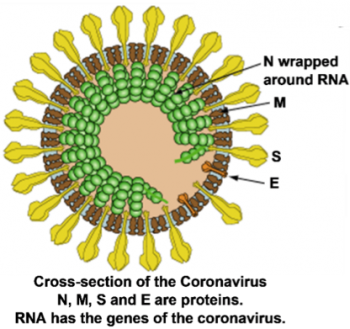

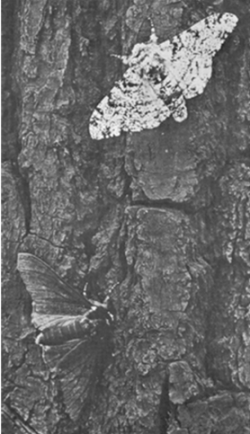 In this minds-on analysis and discussion activity, students interpret evidence concerning natural selection in the peppered moth. The evidence includes (1) the genetic basis for the different color forms of peppered moths, (2) mortality differences between the color forms in different environments, and (3) a history of correlated changes in the environment and the proportion of moths with each color form.
In this minds-on analysis and discussion activity, students interpret evidence concerning natural selection in the peppered moth. The evidence includes (1) the genetic basis for the different color forms of peppered moths, (2) mortality differences between the color forms in different environments, and (3) a history of correlated changes in the environment and the proportion of moths with each color form.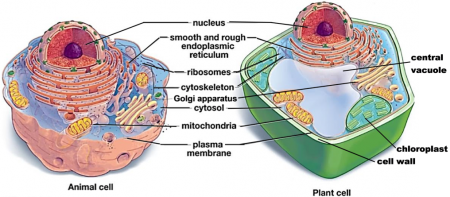
 Biology is the scientific study of living things.
Biology is the scientific study of living things. This activity uses the example of a flock of pelicans in flight to illustrate how analysis at multiple levels of organization enhances our understanding of a biological phenomenon.
This activity uses the example of a flock of pelicans in flight to illustrate how analysis at multiple levels of organization enhances our understanding of a biological phenomenon.
